Affiliate links on Android Authority may earn us a commission. Learn more.
The best Snapdragon 8 Gen 3 phones you can buy
Published onApril 7, 2025
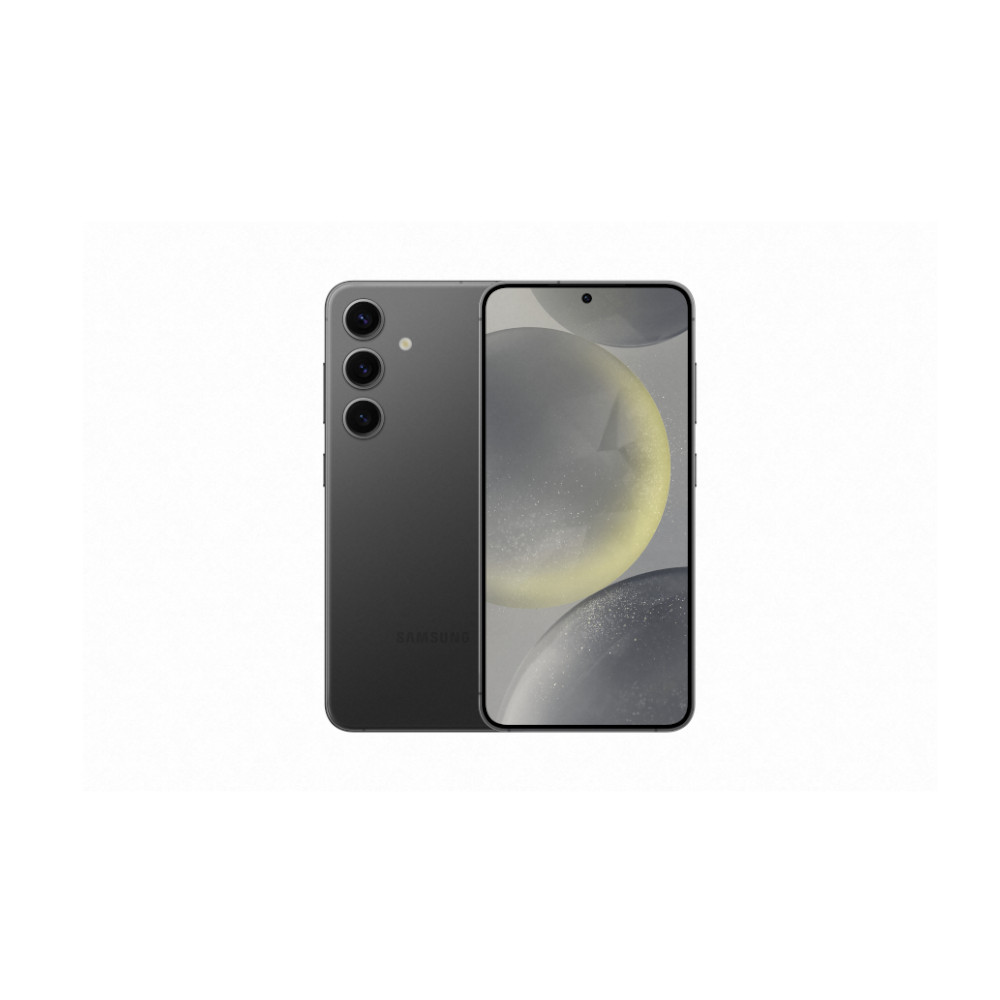

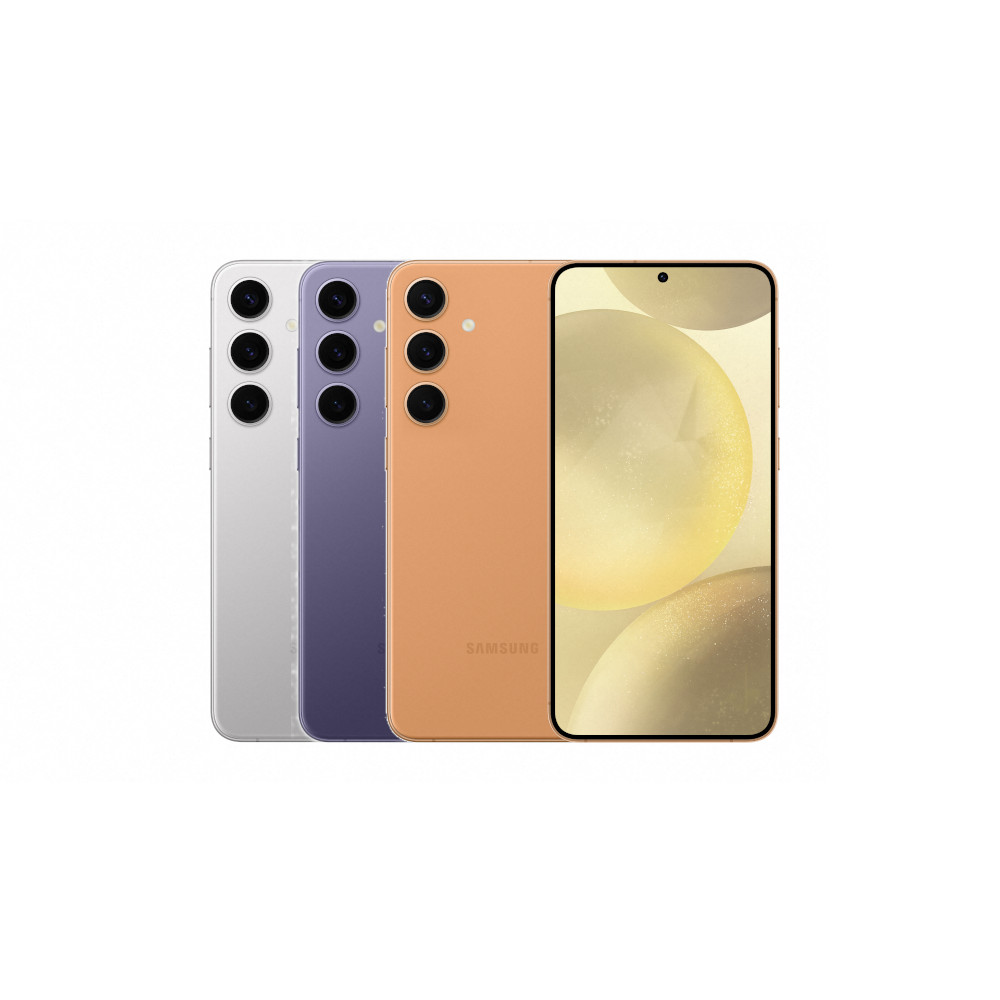

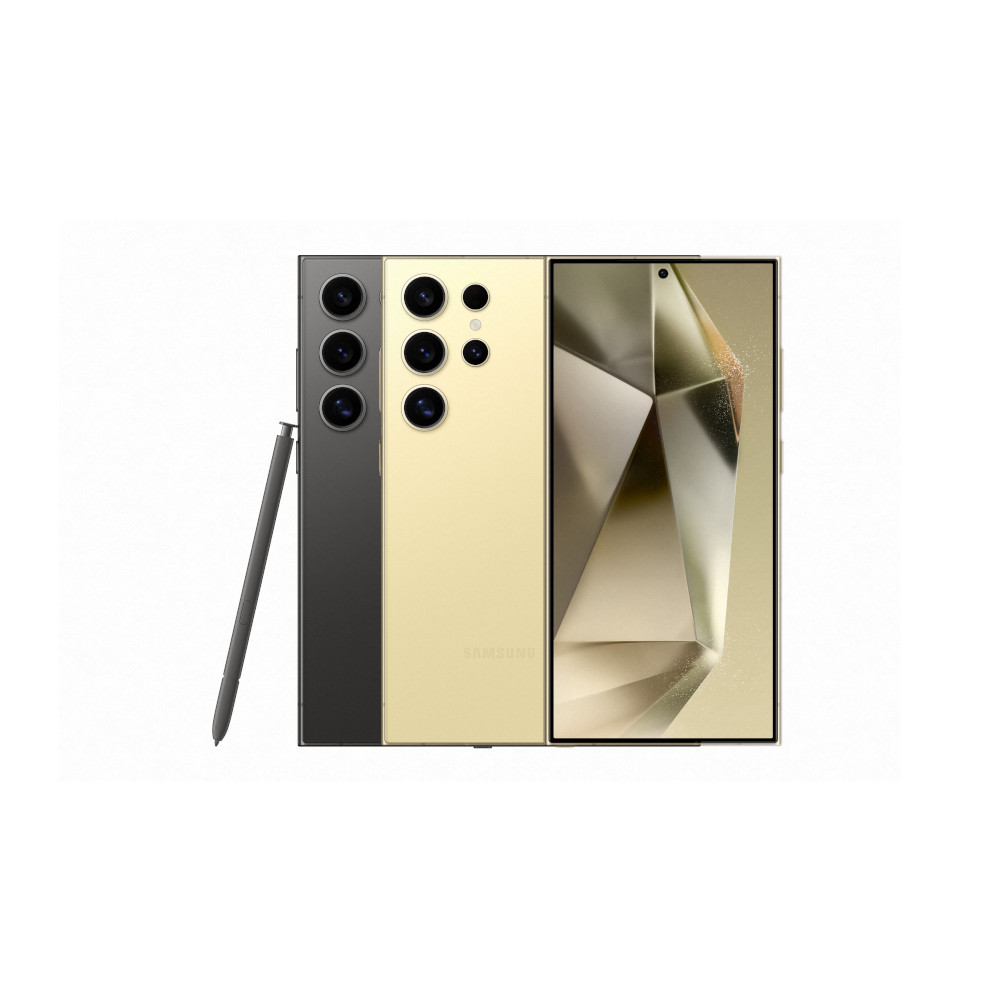










The Snapdragon 8-series continues to be the leader when it comes to high-end Android flagships, though the Snapdragon 8 Gen 3 is no longer the latest member of the family. The year 2025 has brought the Snapdragon 8 Elite series to play. Nonetheless, if you’re looking for one of the best Android phones, you’ll find many of them still run on the Snapdragon 8 Gen 3 processor. Below, we take a look at just a few of the best.
The best Snapdragon 8 Gen 3 phones:
Editor’s note: We’ll regularly update this list of the best Snapdragon 8 Gen 3 phones as new devices launch.
Samsung Galaxy S24 series
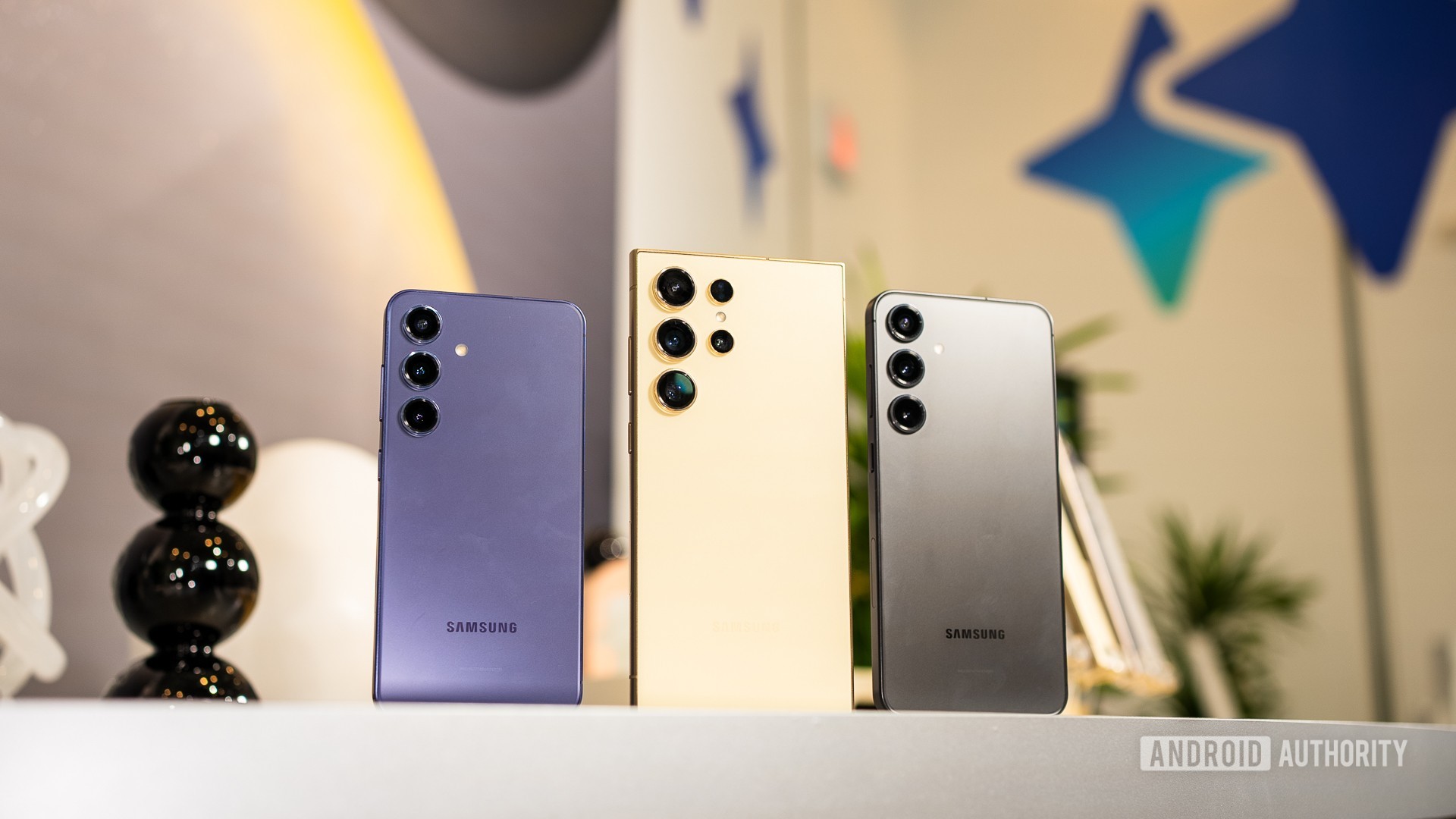
The Samsung Galaxy S24 family offered some of the best specs and performance of 2024 and remains a great device in 2025, though it’s worth noting that those outside of the US will only get a Snapdragon 8 Gen 3 SoC if you purchase the Ultra model. The Galaxy S24 and S24 Plus ship with an Exynos 2400 instead. While there are plenty of spec improvements, outside of the SoC, what really stands out is its push towards AI this time around.
The Galaxy AI Suite introduces features like Photo Assist, which lets you edit out background distractions and make other changes to the images in a manner similar to Google’s Magic Editor. There’s also a Chat Assistant function in the Samsung Keyboard that reads through and cleans up messages as you type, or even offers you tips for different tones or better ways to express yourself. That’s far from the complete list as there’s also a new Note Assistant function, Circle to Search, which works a bit like Google Lens, and much more.
The Galaxy S24 series also raises the bar when it comes to software update policies by matching Google’s impressive pledge to provide seven years of OS updates and security fixes.

Neat AI features
Robust battery life

Excellent update commitment
Handy Galaxy AI features

Excellent update commitment
Brilliant flat display
Samsung Galaxy S24 specs
- Display: 6.2-inch, FHD+ AMOLED, 1-120Hz refresh
- Chipset: Snapdragon 8 Gen 3 for Galaxy
- RAM: 8GB
- Storage: 128GB/256GB
- Cameras: 50, 12, and 10MP
- Front camera: 12MP
- Battery: 4,000mAh
- Software: Android 14
Samsung Galaxy S24 Plus specs
- Display: 6.7-inch, QHD+ AMOLED, 1-120Hz refresh
- Chipset: Snapdragon 8 Gen 3 for Galaxy
- RAM: 12GB
- Storage: 256GB/512GB
- Cameras: 50, 12, and 10MP
- Front camera: 12MP
- Battery: 4,900mAh
- Software: Android 14
Samsung Galaxy S24 Ultra specs
- Display: 6.8-inch, QHD+ AMOLED, 1-120Hz refresh
- Chipset: Snapdragon 8 Gen 3 for Galaxy
- RAM: 12GB
- Storage: 256GB/512GB/1TB
- Cameras: 200, 12, and 50MP
- Front camera: 12MP
- Battery: 5,000mAh
- Software: Android 14
- S-Pen support: Yes
OnePlus 12
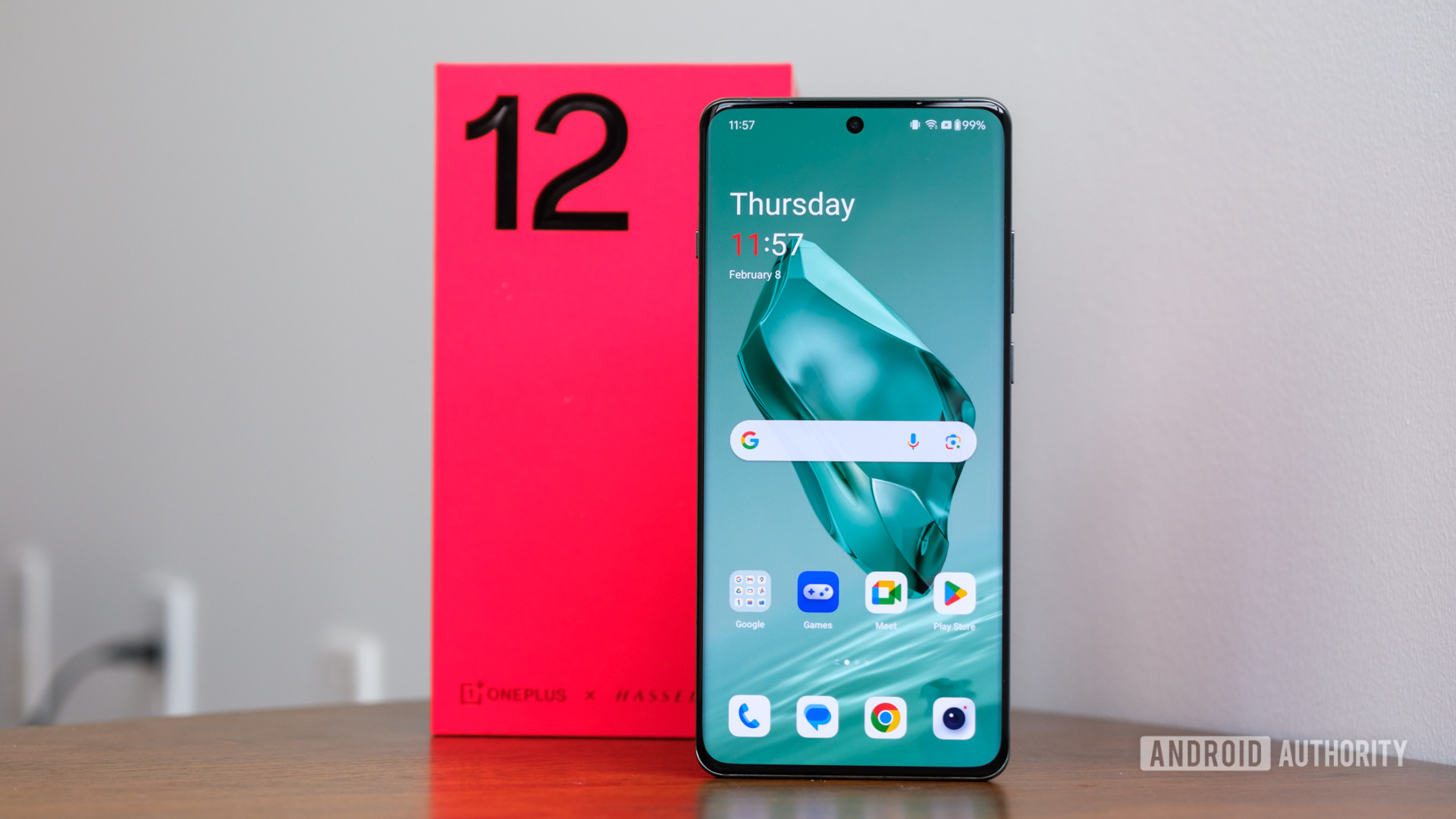
The OnePlus 12 isn’t a major departure from the OnePlus 11, especially in terms of design. While it might not look much different on the outside, the OnePlus 12 has improved durability, a slightly larger display, and of course, the powerful Snapdragon 8 Gen 3 SoC with up to 16GB of RAM. It’s also worth noting the OnePlus 12’s Dual Cryo-Velocity cooling setup means this phone doesn’t get hot under heavy load, making it a great companion for gaming for those who care about mobile games but not enough to invest in something like the Asus ROG Phone 8. Those who care about long battery life will also be happy to know the battery has increased from 4,820mAh to a whopping 5,400mAh this year.
Unfortunately, it’s not all perfect. The OnePlus 12 skips IP68 in favor of IP65 protection, which means it’s safe from jets of water from all sides. OnePlus has also yet to embrace AI in the way other smartphone makers have, though some of that could be addressed in future software updates.


OnePlus 12 specs
- Display: 6.82-inch, QHD+ LTPO
- Chipset: Snapdragon 8 Gen 3
- RAM: 12GB/16GB
- Storage: 256GB/512GB
- Cameras: 50, 48 and 64MP
- Front camera: 32MP
- Battery: 5,400mAh
- Software: Android 14
Asus Zenfone 11 Ultra
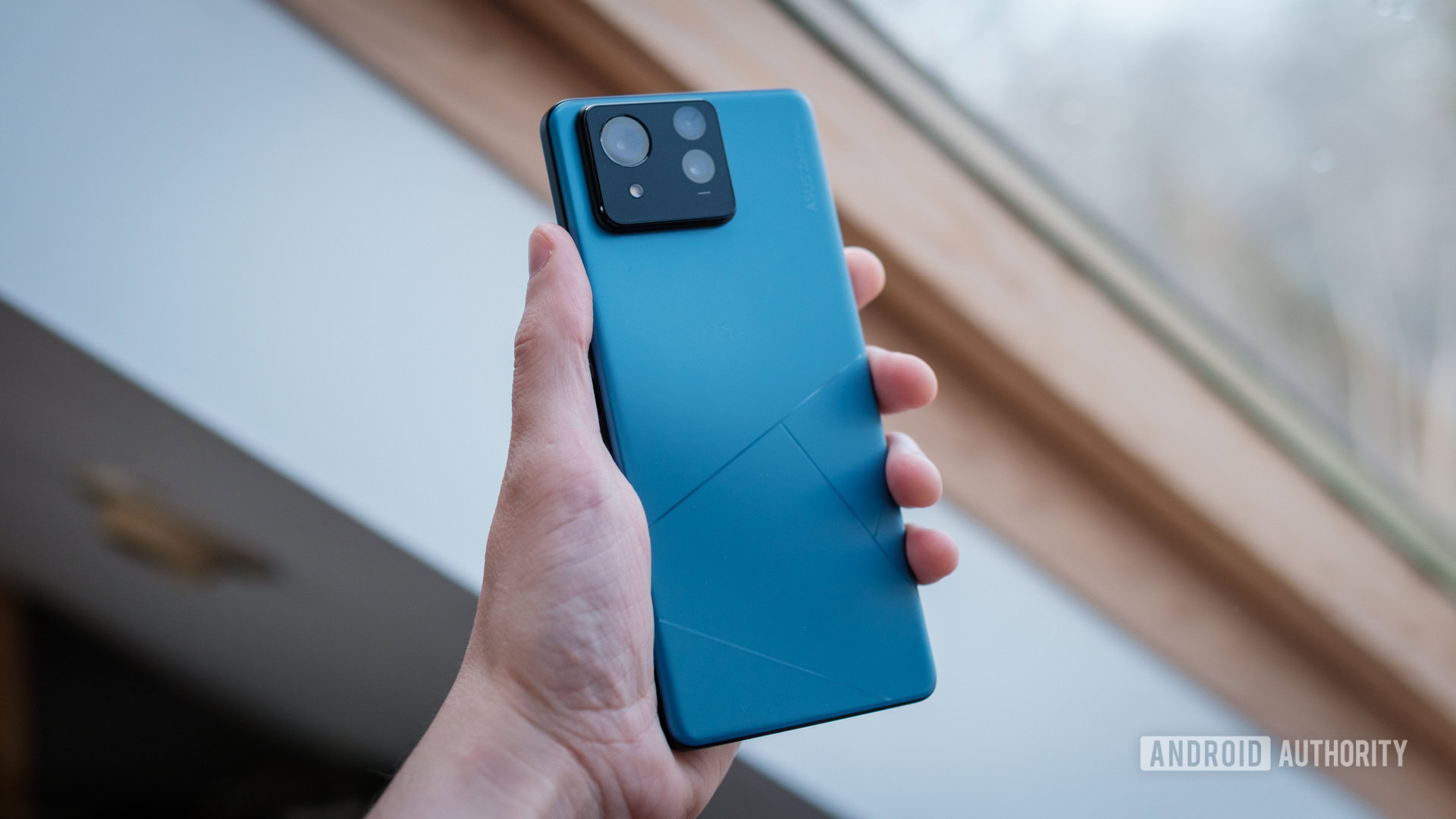
The Asus Zenfone 11 Ultra is a very different animal from the Zenfone 10. It’s bigger than ever before with its larger 6.78-inch display and there are plenty of other improvements, including the Snapdragon 8 Gen 3 SoC. There’s a lot of similarities between the ROG Phone 8 and this new model, though there’s less gaming focus and a more traditional glass sandwich design. Another big change is the battery life, which jumps from 4,300mAh over to 5,500mAh. That’s even larger than the OnePlus 12, which makes this another great choice for those who care about gaming but don’t want an actual gaming phone.
While OnePlus puts almost zero effort into AI features with the OnePlus 12, Asus straddles the line somewhere in the middle. There’s AI Transcript for converting recorder audio into text, AI Call Translator for real-time translation, and other features like AI noise cancellation. It’s not just a bigger push toward artificial intelligence, the Zenfone 11 Ultra also includes a few new software improvements such as new customization options.


Asus Zenfone 11 Ultra specs:
- Interior Display: 6.78-inch AMOLED with 120Hz
- SoC: Snapdragon 8 Gen 3
- RAM: 12/16GB
- Storage: 256/512GB
- Cameras: 50, 13 and 32MP
- Front camera: 32MP
- Battery: 5,500mAh
- Software: Android 14
Asus ROG Phone 8
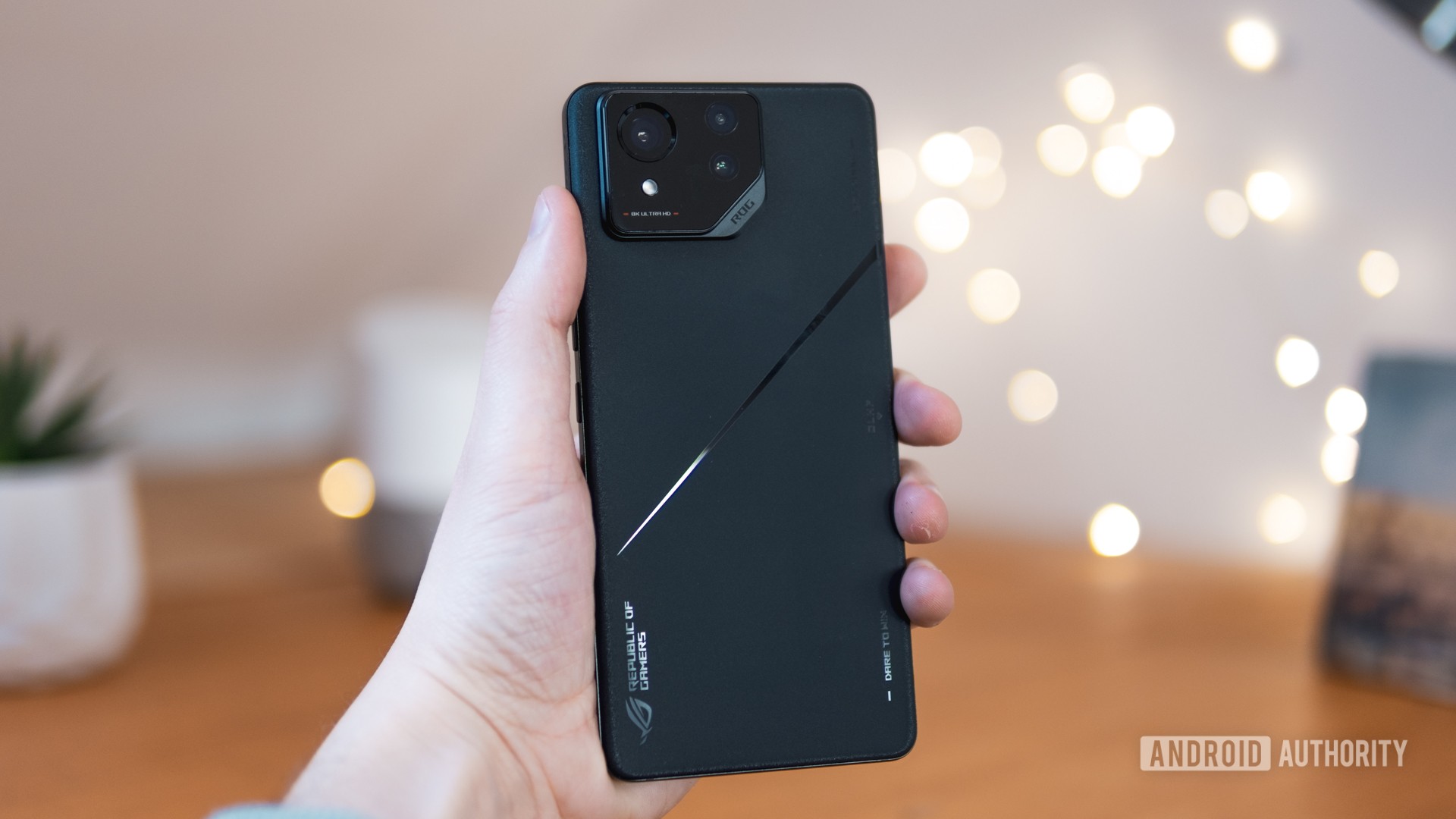
The ROG Phone 8 was a major departure from the ROG Phone 7, offering a brand-new design that’s much less aggressive than before. The result is a phone that’s still perfectly tailored toward gaming but with a more reserved look that could attract customers looking for something different from mainstream flagships, but are less impressed by typical gaming aesthetics. Under the hood, you’ll find a Snapdragon 8 Gen 3 processor and up to 24GB of RAM, alongside plenty of other meaningful upgrades. You’ll also get IP68 water and dust resistance for the first time, a byproduct of the new enclosed design structure.
While the ROG Phone 8 has much broader appeal than its predecessor, it also ditches some of the features it was previously best known for including flashy looks, larger and more powerful cooling fans, and the amazing front-firing speakers found on every other ROG Phone until now.



Asus ROG Phone 8 specs:
- Internal display: 6.78-inch FHD+ LPTO
- SoC: Snapdragon 8 Gen 3
- RAM: 12/16GB
- Storage: 256GB
- Cameras: 50/32/13MP
- Front camera: 32MP
- Battery: 5,500mAh
- Software: Android 14
Asus ROG Phone 8 Pro specs:
- Internal display: 6.78-inch FHD+ LPTO
- SoC: Snapdragon 8 Gen 3
- RAM: 16/24GB
- Storage: 512GB or 1TB
- Cameras: 50/32/13MP
- Front camera: 32MP
- Battery: 5,500mAh
- Software: Android 14
Samsung Galaxy Z Fold 6
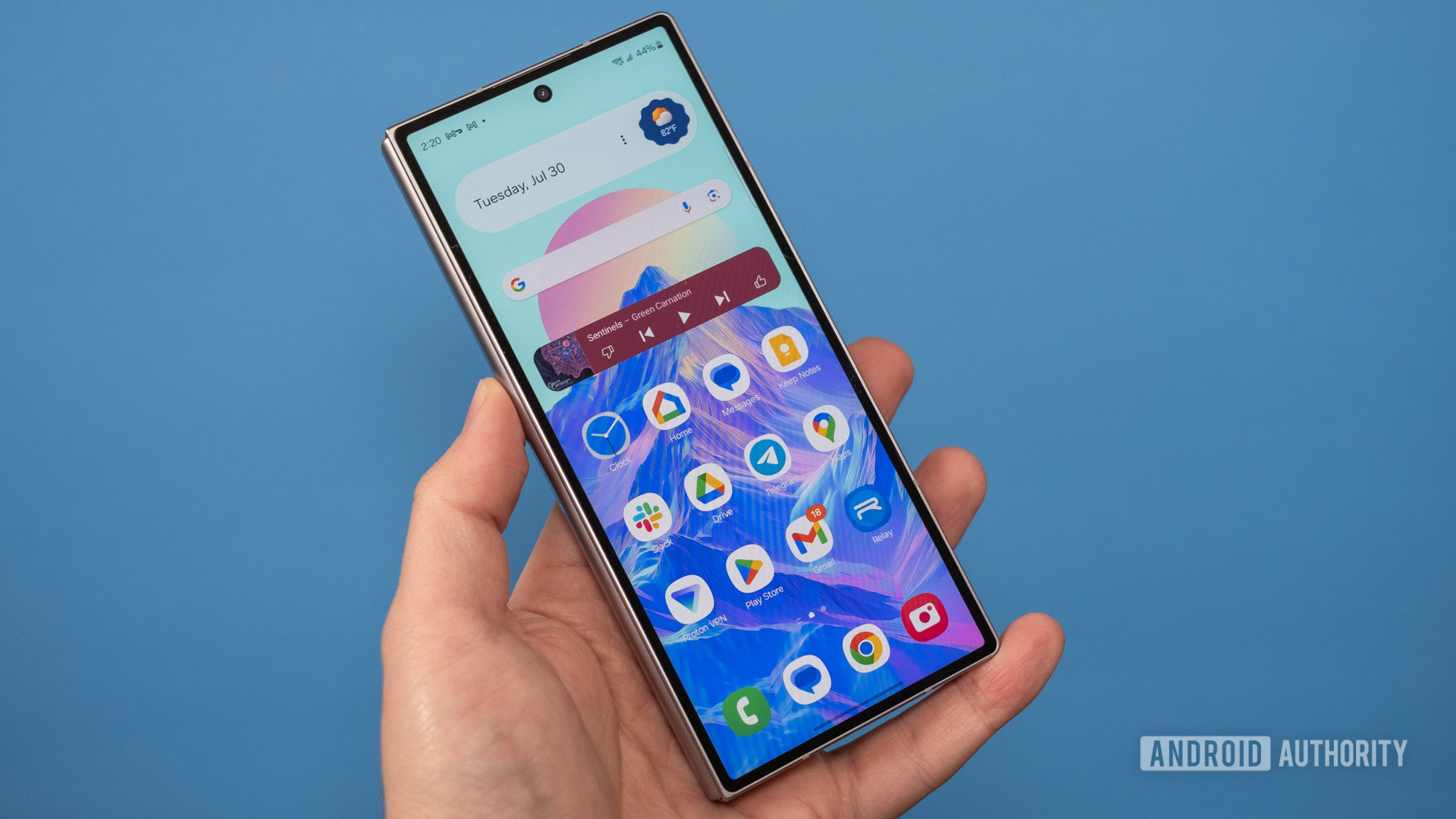
The Samsung Galaxy Z Fold 6 is a pretty major update compared to its predecessor. Not only has the cover screen jumped in size, the internal display has also seen a minor increase as well. The new design looks much more polished than the older Fold models, resulting in an experience that’s lighter and feels more like a traditional smartphone when folded.
That’s far from the only change here. There’s also the new and powerful Snapdragon 8 Gen 3 inside and plenty of new software features. Just don’t expect too much of a difference when it comes to the battery life or cameras, as these are virtually unchanged from its predecessor.
Galaxy Z Fold 6 specs
- Foldable Display: 7.6-inch,AMOLED 2x
- Cover screen: 6.3-inch AMOLED 2x
- Chipset: Snapdragon 8 Gen 3
- RAM: 12GB
- Storage: 256GB/512GB/1TB
- Cameras: 3x rear cameras (50MP/12MP/10MP)
- Front camera: 10MP, 4MP
- Battery: 4,440mAh
- Software: Android 14
Samsung Galaxy Z Flip 6
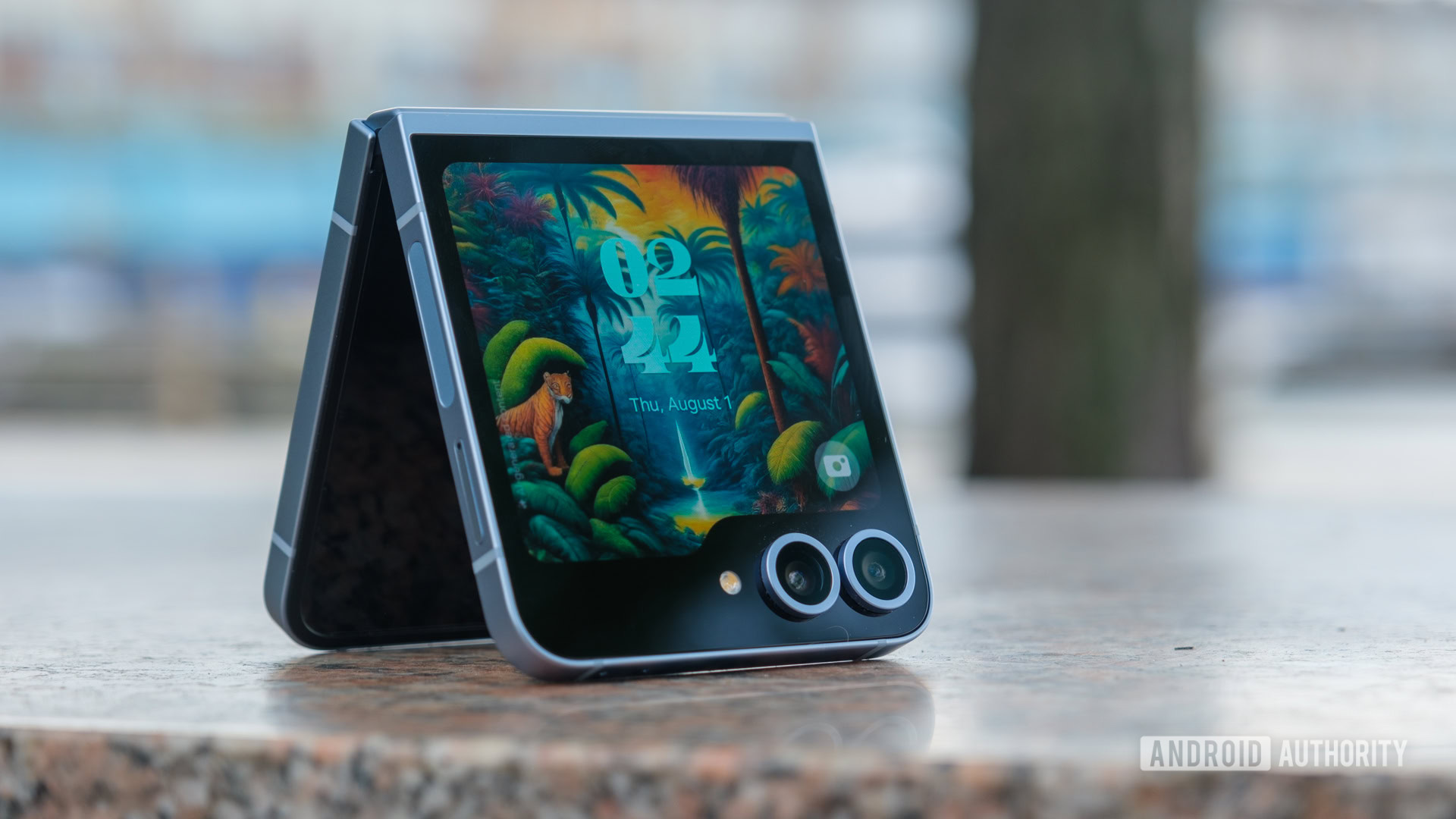
The Samsung Galaxy Z Flip 6 isn’t nearly as big of an update aesthetically as the Fold 6 but it does see quite few major improvements under the hood. The camera gets a major update, ditching its 12MP shooter for a new 50MP main camera that’s in line with the Galaxy S24’s main shooter. Th 12MP ultrawide lens remains the same, however. Beyond the camera, there’s also plenty of new AI features and an upgrade to the Snapdragon 8 Gen 3.
The Flip 6 should also handle heat better than ever before, thanks to the addition of a vapor chamber cooling system for the first time on the Z Flip series. The RAM has also jumped up from 8GB to 12GB, which should let it handle modern gaming and other high-performance activities without skipping a beat.
Galaxy Z Flip 6 specs
- Internal Display: 6.7-inch,AMOLED 2x
- Cover screen: 3.4-inch AMOLED 2x
- Chipset: Snapdragon 8 Gen 3
- RAM: 12GB
- Storage: 256GB/512GB
- Cameras: 2x rear cameras (50MP/12MP)
- Front camera: 12MP
- Battery: 4,000mAh
- Software: Android 14
Honorable mentions
While the phones above represent some of the most popular and important Snapdragon 8 Gen 3 phones on the market, there are certainly many other options, especially for those who are outside of the US. Here are just a few other great Snapdragon 8 Gen 3 phones worth mentioning:
- Motorola Razr Plus: One of the best smart flip phones on the market and really the only viable competitor to the Galaxy Z Flip series in the US.
- Asus ROG Phone 8 and 8 Pro: The ROG Phone series remains the last major gaming phone out there after brands like Razr called it quits years ago. The ROG Phone 8 series has tons of power but also manages to adopt a more mainstream design that still appeals to gamers but much more subtly.
FAQs
The Snapdragon 8 Gen 3 was launched on October 23, 2024, at the annual Snapdragon Summit in Hawaii.
Qualcomm owns, designs, and markets the Snapdragon 8 Gen 3 chip. It is manufactured on TSMC’s 4nm fabrication process.
The Snapdragon 8 Gen 3 offers quite a few improvements. You can check out our Snapdragon 8 Gen 2 vs Gen 3 guide for all the specifics but here are just three major differences:
- CPU cluster arrangement: The new Gen 3 chip comes with a 1+(3+2)+2 arrangement over the Gen 2’s 1+(2+2)+3 setup.
- CPU upgrades: The Cortex X-3 cores have been replaced with X4, A710 and A715 are replaced by A720, and A510 is replaced by A520. The actual speeds are also faster with the new chip.
- GPU upgrade: Upgraded from Adreno 740 to Adreno 750.